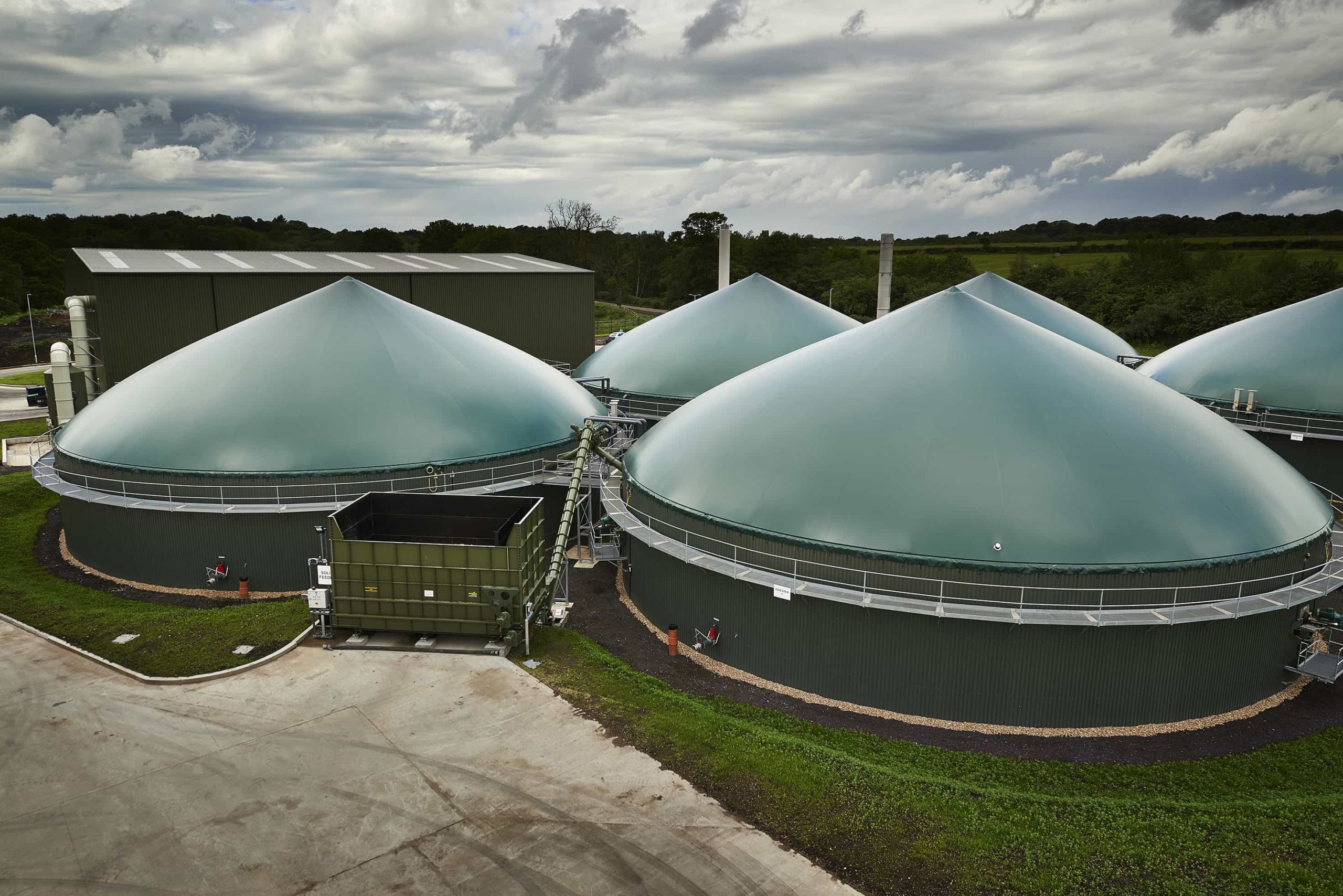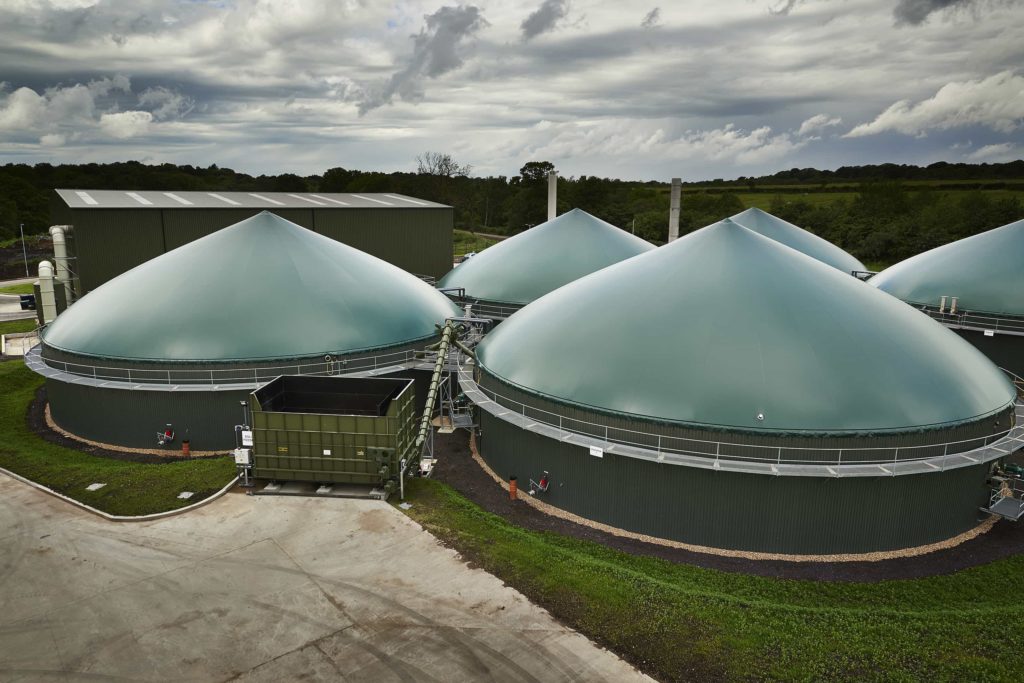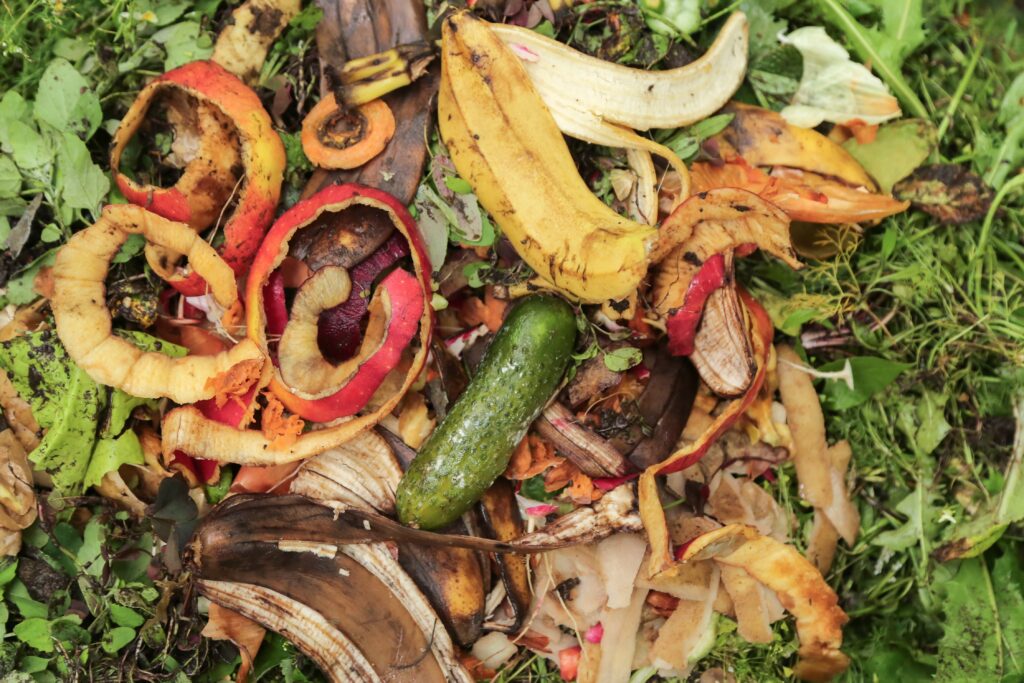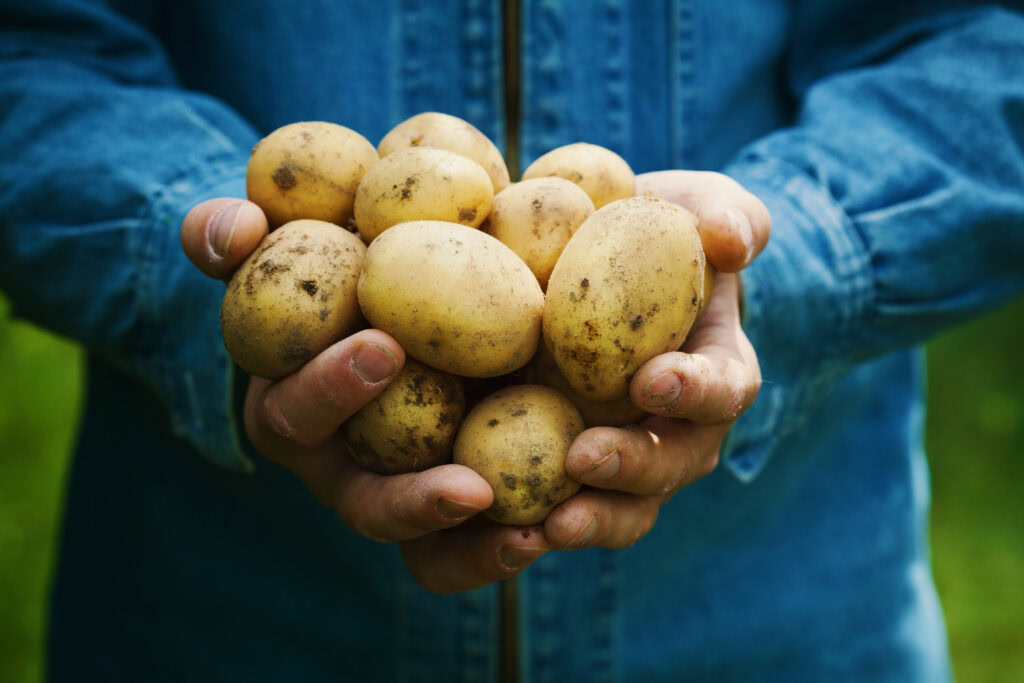As of October 2014 there were 140 facilities operating across the country – up from a baseline of 68 established in the Anaerobic Digestion Strategy and Action Plan in 2011.

Defra’s report also highlighted that more than 200 additional AD projects had received planning permission during the same four-year period.
The findings, which are part of Strategy’s 2014 annual report, were commended by waste minister Dan Rogerson yesterday (February 25).
Defra initially established 56 actions in the 2011 Strategy aimed at tackling barriers to the increased uptake of AD in England, including building skills, digestate markets, regulation, and raising awareness in the community.
The report paints an optimistic picture of the AD industry, with the installed capacity of electricity from AD nearly four times greater in late 2014 than in 2011. The sector produced nearly 1.5TWh of renewable energy in 2013 – with the Strategy indicating a potential to achieve between 3-5TWh by 2020.
Food waste
Food waste meanwhile continues to be the largest feedstock for AD, with solid food accounting for 38% of supply in 2013. Liquid materials meanwhile have shown the largest increase, the majority from commercial food producers and processors.
As of late 2014 the AD sector had a combined capacity of around 9.9 million tonnes, including large industrial effluent type facilities.
This capacity included an estimated 2.3 million tonnes for the treatment of food waste from domestic and commercial sources.
However, the report warns that feedstock supplies will remain a ‘key issue’ for the sector. The report states that collection of separately collected food waste from councils and commercial sources will remain ‘critical’ and will dictate the rate of expansion of the food waste treatment sector.
The report estimates that capacity could increase ‘fourfold’ by 2017, with the number of AD sites in the UK potentially set to rise to 350. Of these, around 200 would be waste-fed facilities.
Pollution
The report also highlights that incidents of pollution at AD sites remain a ‘serious concern’.
[testimonial id = “191” align=”right”]
The Environment Agency claims that AD has proportionately more serious pollution incidents than any other waste treatment sector it regulates, with recorded incidents rising from zero in 2010 to 21 for every 100 permits granted in 2012.
Biowaste treatment permit compliance was still the poorest of the waste sectors in 2013, with AD faring only marginally better than composting. Defra is confident however that the AD industry is working to improve compliance.
Other concerns include new regulatory challenges to AD, with the government following European Commission proposals to replace the Fertiliser Regulation EC 2003/2003.
The update would bring organic fertilisers within scope of the legislation and override end-of-waste criteria – with the potential to disrupt UK composting and AD markets. However, Defra concludes that it is not looking to ‘raise new barriers’ to industry progress.
Value
Mr Rogerson said: “By the end of 2014, the amount of electricity generated through Anaerobic Digestion was nearly four times what it was in 2011 – this is a great result and shows the value of diverting unavoidable farm and inedible food waste from landfill.
“I want us to build on this success – we will continue to work with industry, while providing ongoing support through our grants, the AD Loan Fund, and renewable energy subsides.”








Subscribe for free